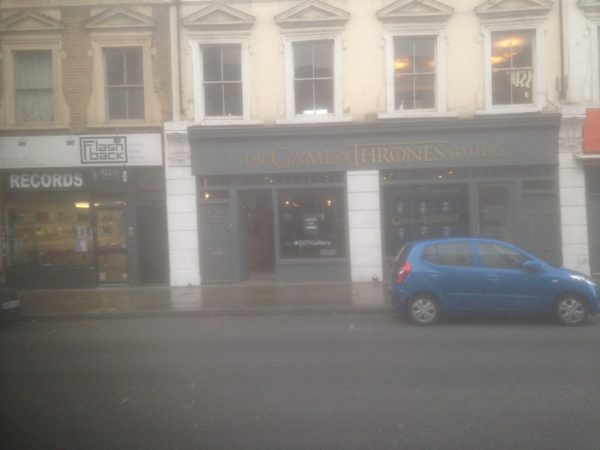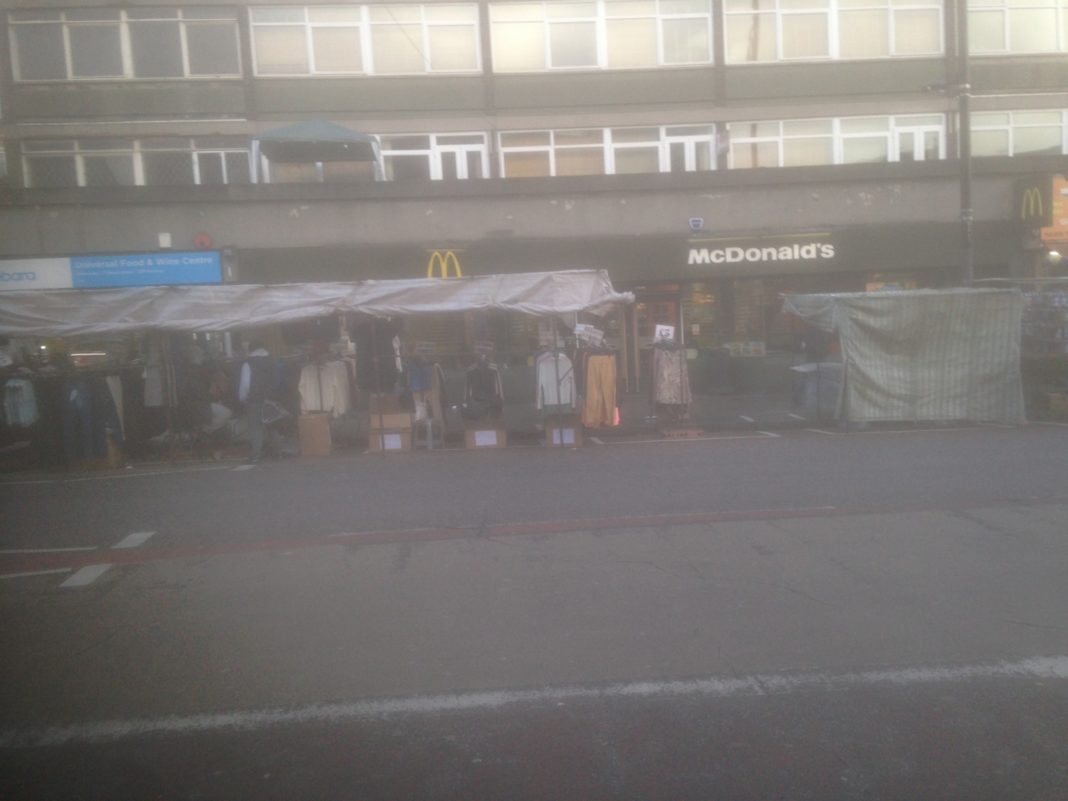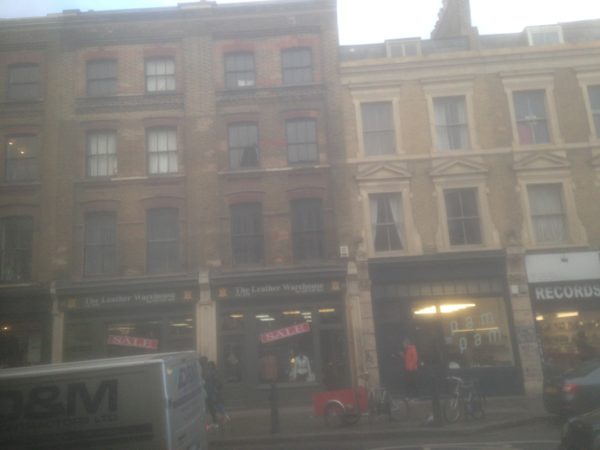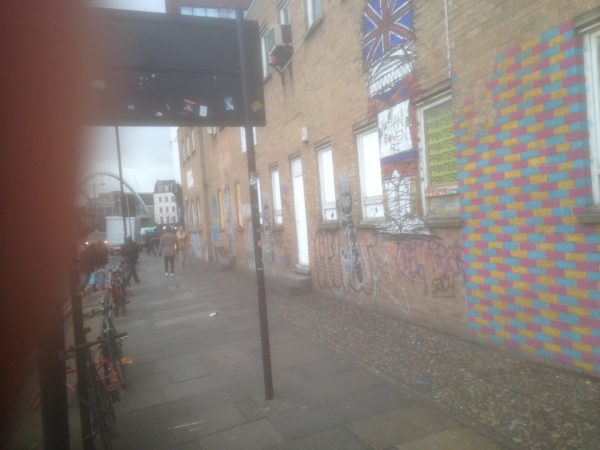As indicated by londonspropertyprofile.org, East London has ‘one of the highest ratios of pay inequality across London’, which in London Living Wage week, is an alarming statistic. What stands out even more, is that round here both sides of ‘pay inequality’ often exist on the very same street.
It’s not like West London where the Royal Borough of Kensington and Chelsea (the clue is in the name) stands in stark contrast to notably un-regal districts such as Hammersmith or Hillingdon. On our side of town, in boroughs such as Newham and Tower Hamlets, people on benefits are living only a few yards away from ‘the new gentry’ – often ‘creatives’ who’ve come in and colonised East London’s Victorian housing stock.
Gentrification is a process which entails renovation and revival of some parts of deteriorated urban neighborhoods by an influx of more affluent residents, which further results in increased property values. This is exactly what has happened in many parts of East London, and while it sounds like an appealing development (it’s not as if we want poor people to live in poverty ghettos), the implications for existing residents are not uniformly beneficial. On a small scale, long established East Londoners may find that the cafe they’ve always been to has gone upmarket and now they can’t afford a designer coffee at £3 or more. More importantly, when property prices go up, it’s not long before rents go the same way, so that families in privately rented accommodation are frequently displaced from gentrified areas and their former homes turned over to relatively prosperous incomers.

Bethnal Green Road epitomises this process. Having been tipped off by my editor that this would be a good place to see gentrification in action, I spent 15 minutes walking along a nondescript street thinking it was going to be a non-event. Then I came to a terrace of re-furbished Victorian houses located right next to a recently developed, sleek-looking block of flats. Alongside this, a variety of luxury boutiques, cocktails bars and even an art gallery called ‘The Game of Thrones Gallery.’ After that, an unremarkable Sainsbury’s, then a branch of the mid-market restaurant chain, Busaba, directly opposite a newly done-up pub which by the size and grandeur of it, could be mistaken for a Central London hotel. This was followed by a block of decidedly downmarket housing (a brief reprise of old-style East London poverty), offset by a ‘boxpark’ of ‘edgy’ clothes shops and fine dining outlets.
You couldn’t make it up: the story of London’s winners and losers since the turn of the century, mapped out along the course of a single East London street.






